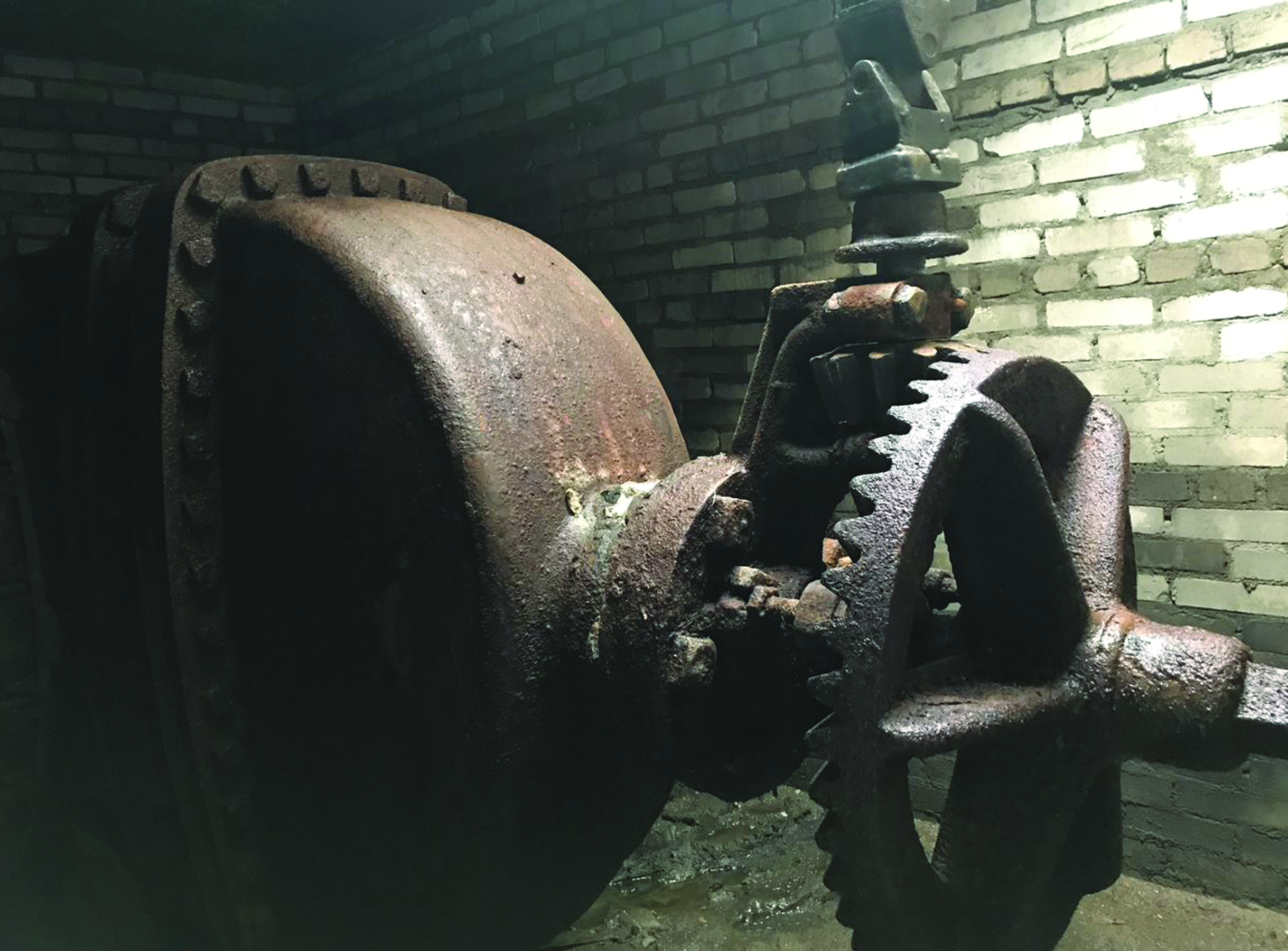Why high performing utilities choose strategic valve rehabilitation

Utilities can save their communities substantial amounts of money, reduce the need for unaffordable rate increases or financing arrangements, and improve the environmental sustainability of their operations – all while maintaining and enhancing system control.
Around the world, critical valves are in poor repair, or even inoperable. When critical valves fail, managers have effectively lost control of their system, increasing vulnerability to water main breaks or any other system hazard. Once valves have failed, utilities have traditionally sought to replace them, often at great cost, both in terms of time and expense.
But what if there were another way? It turns out there is a far more economical, less risky, and more sustainable option: preventative maintenance, repair, and rehabilitation. High performing utilities are turning away from the wasteful practice of replacing valves that can be restored to full function, instead engaging experts in asset renewal to extend the life of those assets at a substantially lower cost.
This white paper will highlight:
- Identifying the true cost of large valve replacements
- Understanding the cost savings of a repair vs replace strategy
- The benefits of performing routine critical valve assessments
- What to look for in a valve assessment partner
